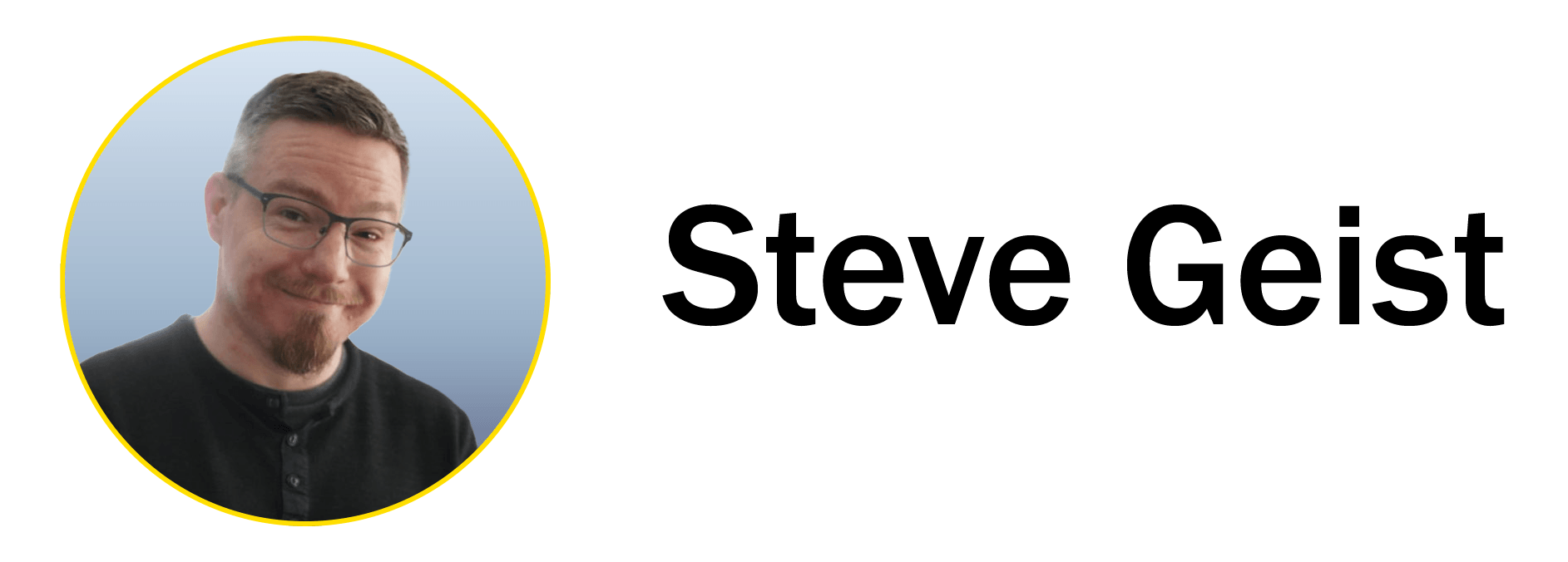Introduction
"Everything is Awesome" when you get to make your own movies! This product was developed for The LEGO Group as a part of The LEGO Movie 2 product line. I was the Senior Experience Designer charged with developing the digital and physical connections through the early phase of the project, getting upper management to believe in it. I created wireframes and prototypes for the experience, oversaw kids' play tests, and helped communicate the play potential to get this product on the shelves!
The Challenge
The design challenges and new experience possibilities for this project were interesting. I was a kid that made LEGO stop motion videos, and I had worked on an Ed-tech stop motion app with mentor and manager at the time, Melissa Pickering.
I was charged with designing the possible digital experience, working with the design team to facilitate user testing, and helping the Leadership Team understand the play potential to get this project approved. I was also in charge of making use cases for how LEGO could go about making the digital experience. Three options were proposed for the digital features:
1. Develop a new stand-alone app
2. Re-release the previous LEGO Stop-Motion App
3. Integrate the experience fully into LEGO Life
I recommend creating a new app that would work closely with LEGO Life, as the proposed play features would have been too much to integrate into LEGO Life. Some of the Development work showcases ideas we discussed integrating into a new app to make the experience more unique and relevant for a broader set of kids.
Process
We started by trying to understand who was already creating LEGO stop motion animations and, of the kids doing it, what they enjoyed most about it. We conducted online research and looked into forums to talk to interested people and people who have made LEGO stop-motion animations. Along with Google Trends, we found that LEGO stop motion is always prevalent on Youtube, but most kids have a significant barrier to entry.
For our product development, we looked at and tested ways to make it easier for kids to tell the stories they wanted to tell. Our goal was to lower the floor to LEGO stop-motion animation. We were not as concerned with raising the ceiling for kids because we knew if we could get them over the first hurdle, they could start to explore more ways to tell their stories. To lower the floor, we landed on a 'mixed-media' approach to making videos. We wanted kids to not only be able to use stop motion but capture short video segments and cut them together to make it easier to enter this world.
Like how SCRATCH used peer-to-peer influence to encourage kids to keep creating, we hoped that LEGO Life and sharing animations would allow for some cross-pollination of ideas and storytelling.
Bellow, in Development Work, you can see how some of these ideas translated into early digital concepts.
Conclusion
70820 LEGO Movie 2 - Movie Maker won The Toy Fair Hero 2019 Award in the UK for innovation
During a decision gate, it was decided to integrate the features into LEGO Life. This decision was detrimental to the experience. At that time, it was decided that the LEGO Life team would own the digital layer of the experience, and I moved on to another project. Unfortunately, as I pitched before the decision gate, the LEGO Life team decided they could not hold the features in their app. Due to this, a stand-alone app was created quickly, and it does not live up to the play potential of the physical product.
I was consulted a little for the last phase of the project, most with kids testing the app and the play experience. The app was relatively simple, but it did serve its purpose. We would have been able to have a broader appeal if we did not lose out on months of time and features to create a more streamlined experience from upper management indecision.
Final image of the app in use.















